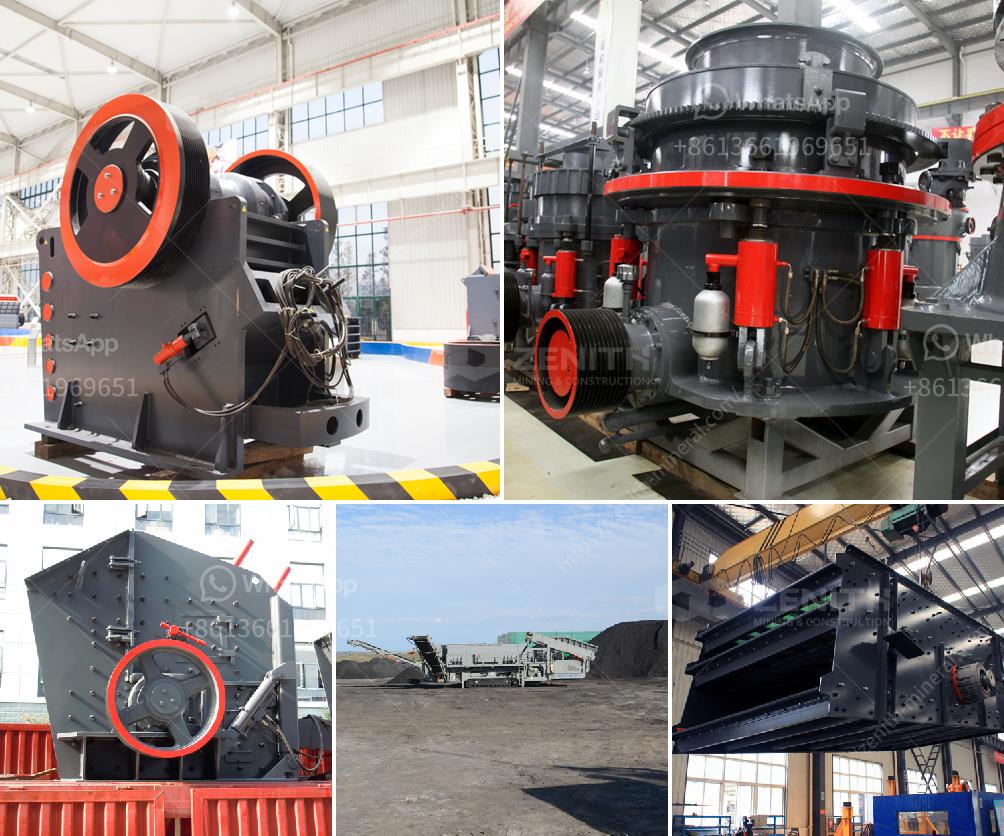Ensuring the efficient operation of an impact crusher involves several key steps:
-
Regular Maintenance:
- Routine Inspections: Conduct regular inspections to identify wear and potential issues.
- Lubrication: Ensure all moving parts are properly lubricated to reduce friction and wear.
- Replace Worn Parts: Replace any worn or damaged parts promptly to avoid further damage.
-
Proper Feeding:
- Consistent Material Flow: Ensure the material is fed evenly to prevent overburdening the crusher.
- Avoid Oversized Material: Only feed material within the designed size range to prevent blockages and excessive wear.
-
Correct Adjustment:
- Setting Adjustments: Adjust the settings of the impact crusher according to the specifications provided by the manufacturer.
- Control Discharge Size: Ensure the discharge size matches the desired output requirements.
-
Operational Training:
- Operator Training: Train operators on correct operation techniques and safety practices.
- Procedure Adherence: Ensure operators follow established procedures for starting, operating, and shutting down the crusher.
-
Monitoring Performance:
- Observe Output Quality: Regularly check the output material for consistency and quality.
- Monitor Energy Consumption: Keep an eye on energy usage to identify any inefficiencies.
-
Load Management:
- Avoid Overloading: Do not exceed the crusher’s capacity to prevent excessive strain on the machine.
- Balanced Load Distribution: Ensure even distribution of material to minimize uneven wear.
-
Environmental Considerations:
- Minimize Dust and Noise: Implement dust suppression and noise control measures where necessary.
- Temperature Management: Avoid operating the crusher at extreme temperatures to protect its components.
By implementing these practices, you can maintain the efficient operation of your impact crusher, leading to prolonged equipment life and optimal performance.

